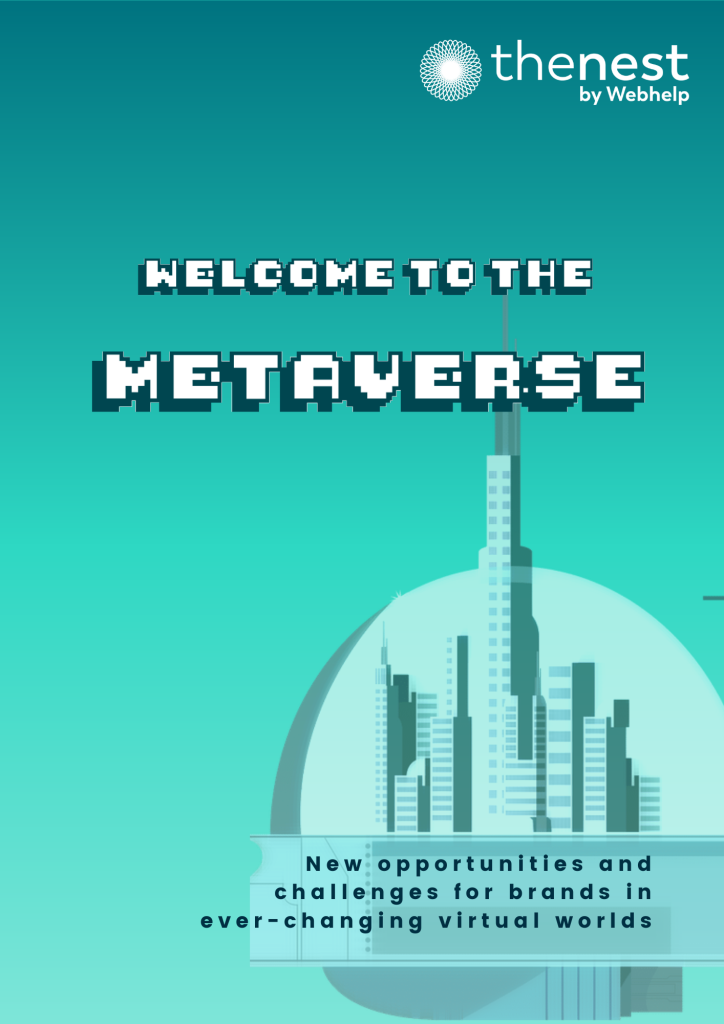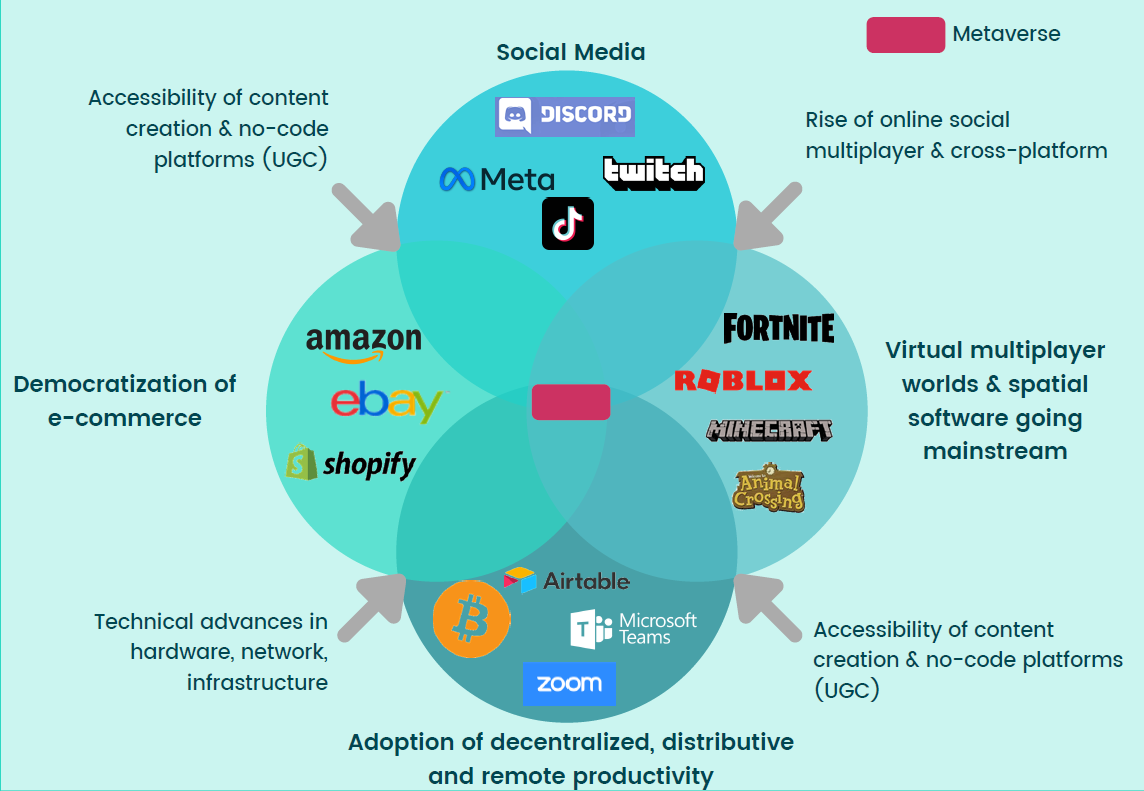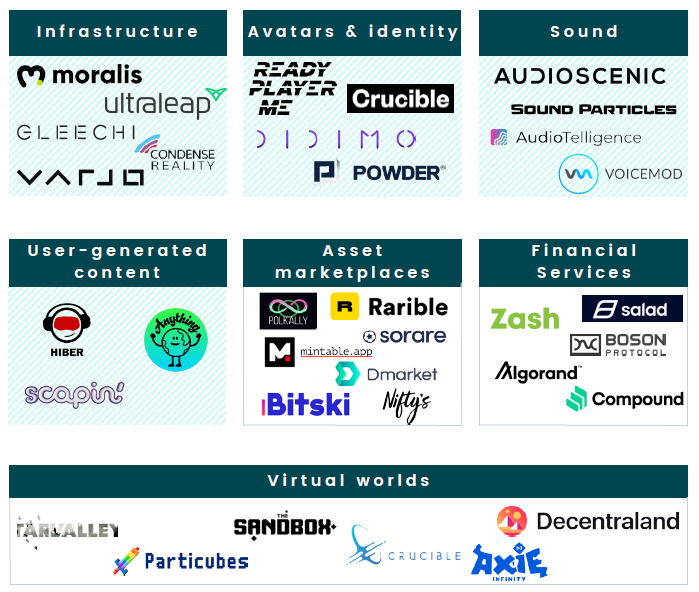
The Nest has supported innovative startups in many fields since its creation.
It is only natural then, that when metaverse became one of the main buzzwords in the tech ecosystem at the end of 2021, The Nest developed its expertise with key players of this ecosystem. We are supporting the operations of the most innovative startups on the market, from NFT marketplaces to companies building the different layers of the metaverse. Whether helping them to protect their platforms and users, supporting players through their whole journeys, or managing their platforms, The Nest vows to power next-gen businesses to reach the next level in customer experience.
Regarding the metaverse, although everyone has heard about it, it is far from easy to understand for most of us. Luckily, we have prepared a comprehensive report that will give you the keys to navigate this digital world.
Facebook, recently renamed Meta, is one of the companies that vows to lead the implementation of the metaverse. Meta itself describes the metaverse as “a set of virtual spaces where you can create and explore with other people who aren’t in the same physical space as you.”
The metaverse is a persistent and highly immersive collection of virtual worlds where many users can interact simultaneously through their virtual identities.
It relies heavily on virtual reality and augmented reality but also includes Web 3.0, IoT, blockchain, and Non-Fungible Tokens, just to name a few. Unlike current VR, which is mostly used for gaming, this virtual world could be used in a variety of ways: working, playing, concerts, cinema trips, or just socializing.
Ideally, all virtual and augmented worlds will be connected into a single interoperable metaverse, with elements shared between several digital worlds. It could be illustrated as an endless archipelago, with each island representing a virtual world, like Meta’s Horizon World, Decentraland, The Sandbox, etc. Each island is a virtual world, and the collection is called the metaverse. The metaverse in its perfect form is a collection including all virtual worlds.

However, the word is increasingly used to define virtual universes like The Sandbox. The Sandbox is a virtual platform that provides tools and the ecosystem for players to create content and games while monetizing them at the same time. Each player can create their own world with unique objects and that collection of virtual worlds exists within the Sandbox. Essentially, it keeps the characteristics of the metaverse in that it is a persistent and immersive virtual ecosystem where many users can have complex interactions through their avatars. It is a form of metaverse.
In other words, The Sandbox is its own archipelago, and is a form of metaverse, but the perfect metaverse is the one that brings every existing archipelago into one. To better understand how the metaverse is built, make sure to have a look at Jon Radoff’s depiction of “The Seven Layers of the metaverse.”
Of course, the metaverse is built by some major companies like Meta, Microsoft, Google, Dream Games, or Nvidia. However, the move to the metaverse is also powered by some game-changing startups, creating the tools or platforms to enable the metaverse. Here is a rapid overview of those:

Many companies are participating in building the metaverse, and one thing is for certain, you should probably get in too!
Creating new experiences
150 million people tuned in to Luo Tyanyi’s (a virtual singer whose voice is made from synthesized sounds) live-stream on NYE.
Want to get into more details? Check out our full article for a comprehensive overview of the metaverse, its opportunities, and challenges, including a focus on what it implies for customer experience.